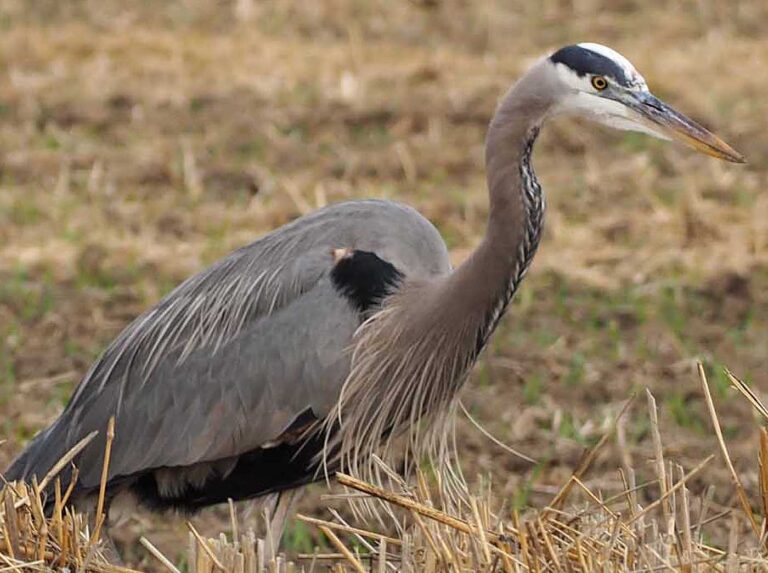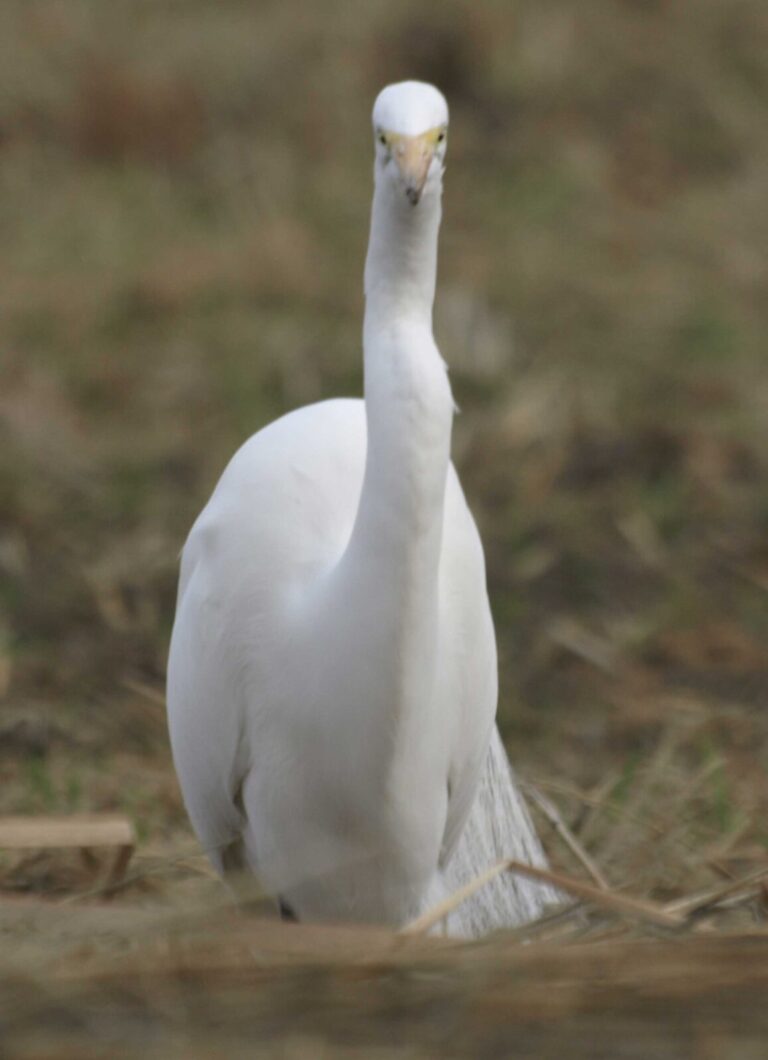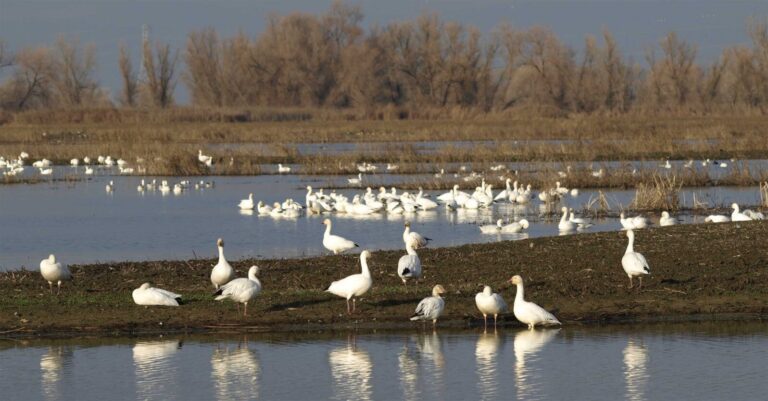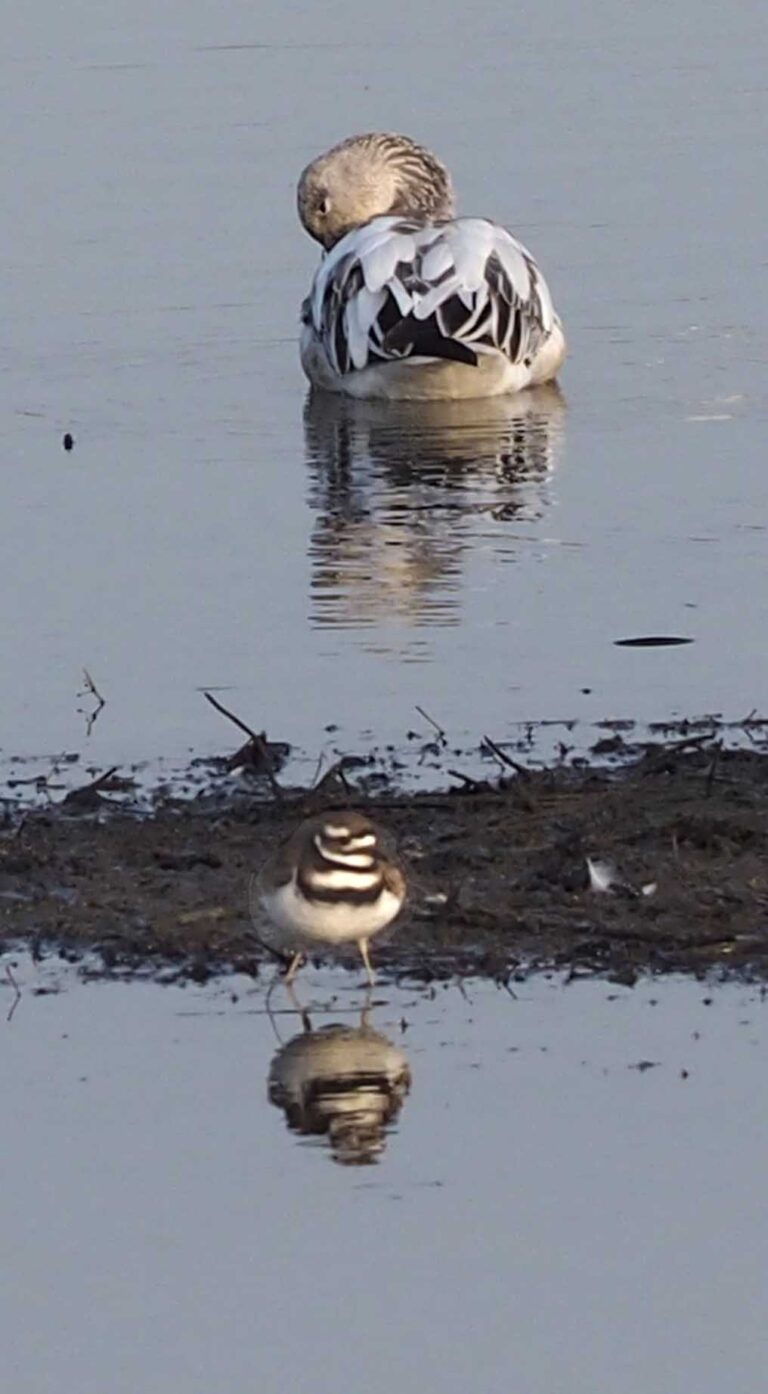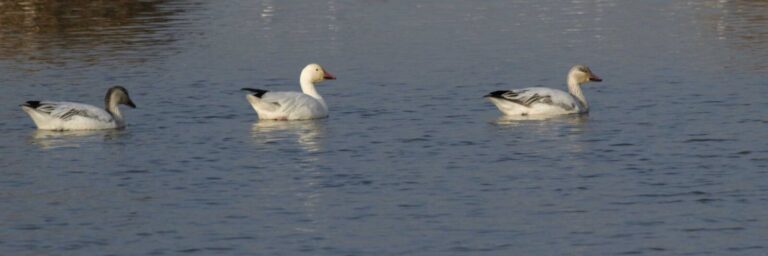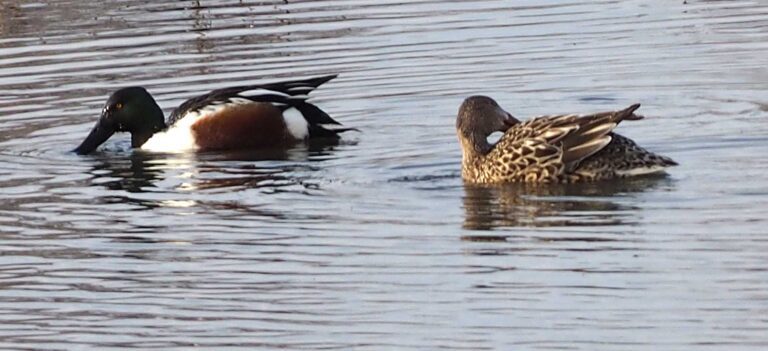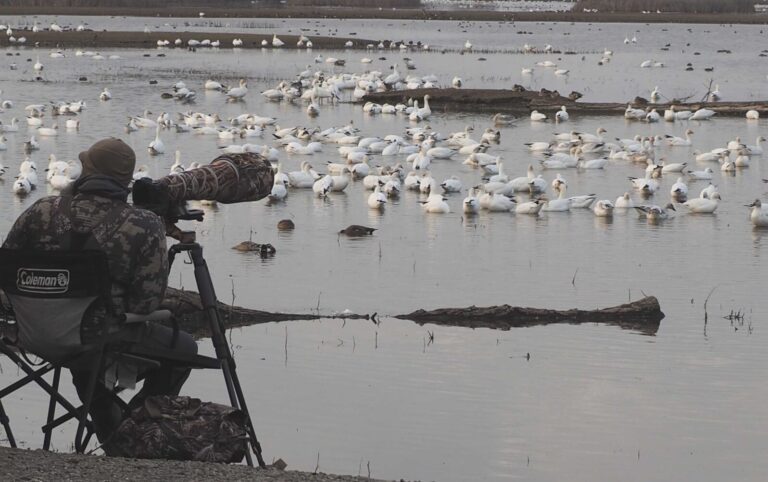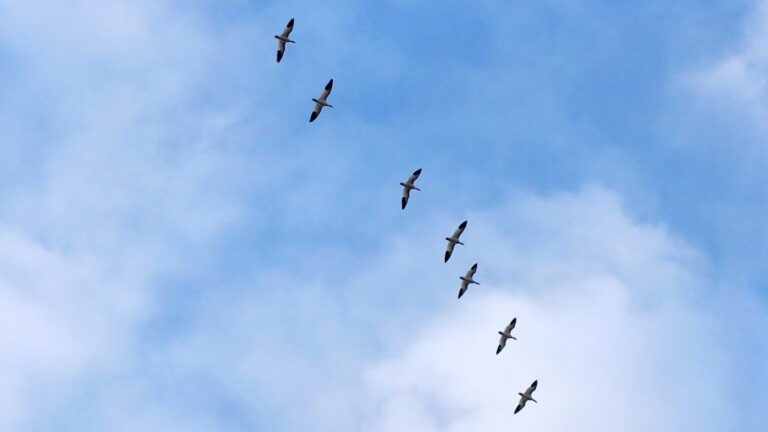There is nothing more mysterious than a flock of geese flying over above the fog – honking, but unseen.
All day long in the Fall, they are flying in unseen V patterns. Where are they going?
Many are of the geese going to the Colusa National Wildlife Refuge where they are resting during their cross country journey or spending the winter months.
These geese – and ducks too – make great subjects for the binoculars and cameras when we all become bird watchers at this popular and easy-to-access refuge.
The refuge is located 70 miles north of Sacramento. To get there, go north on Interstate 5, then turn east on State Highway 20 toward the small town of Colusa. After 6.7 miles, turn right at the refuge sign at O’Hair Road and drive to the entrance and its one-way circle drive where visitors creep along five miles per hour and stop many times to see the geese, ducks and other wild birds.
When driving, stay in the middle of the road and use the turnouts when allowing other cars to pass. On our visit, one visitor ran off the road, which required assistance of an expensive tow truck. That’s the danger of driving while bird watching.
A photography blind (visit the photography page on Sacramento NWR’s page here) is available by reservation only. The refuge is open one-hour before sunrise to one-hour after sunset year-round.
Visitors will enter an area that includes a viewing platform, hiking trail and access to a three-mile auto tour along a well-paved gravel road that loops through the wetlands. Visitors are required to remain in their cars in order to not disturb the wildlife. See more information about activities here.
“Each season brings a new look to the refuge with a variety of wildlife,” according to the U.S. Fish and Wildlife Service (FWS), which manages the area. “Although the peak waterfowl season is October through February, the best viewing months are November and December. The seasons mark an endless cycle of growing plants and migrating wildlife which can be observed and enjoyed year-round. There is a fine line between viewing and disturbing wildlife. Do not approach wildlife; instead use binoculars to view them up close and remain quiet.”
Hunting is also allowed in the refuge under certain conditions. Check the web site for more information
According to the FWS, here are the seasons for wildlife viewing:
September-November –Flocks of shorebirds begin arriving in August and September as the water begins to flow back into the wetlands. Northern Pintails are the first duck to arrive and signal the beginning of fall migration. White-fronted geese will follow. White geese begin to appear in October these birds continue farther south on their journey.
December-February — Duck and geese numbers peak. Snow and Ross’s geese, mallard, wigeon, teal, bufflehead, ruddy duck, northern shoveler and ring-necked ducks enjoy the flooded marsh.
March-May — As ducks and geese leave for their breeding grounds, shorebirds arrive. Sandpipers, dowitchers, dunlin, avocets, black-necked stilts and others probe the mudflats for food. Vernal pools become a display of colors. The riparian areas of Sacramento River NWR and Sutter NWR are alive with migrating neotropicals.
June-August — As the temperature creeps up in the 90’s and 100’s, the water disappears across the refuges. Staff members are busy managing the habitats preparing for the next season. Herons, egrets, grebes, and some ducks remain to nest in the permanent ponds. Orioles, swallows, and flycatchers are found amongst the trees. Tricolored blackbirds search out bulrush and cattail territories at Delevan NWR. Resident deer, blackbirds, jackrabbits, otter and muskrat can be observed.
For more information about the refuge visit the website here.
See a list of sightings at the refuge here.
Colusa National Wildlife Refuge photo gallery – click on an image to enlarge.
Photos: Tom Martens.


